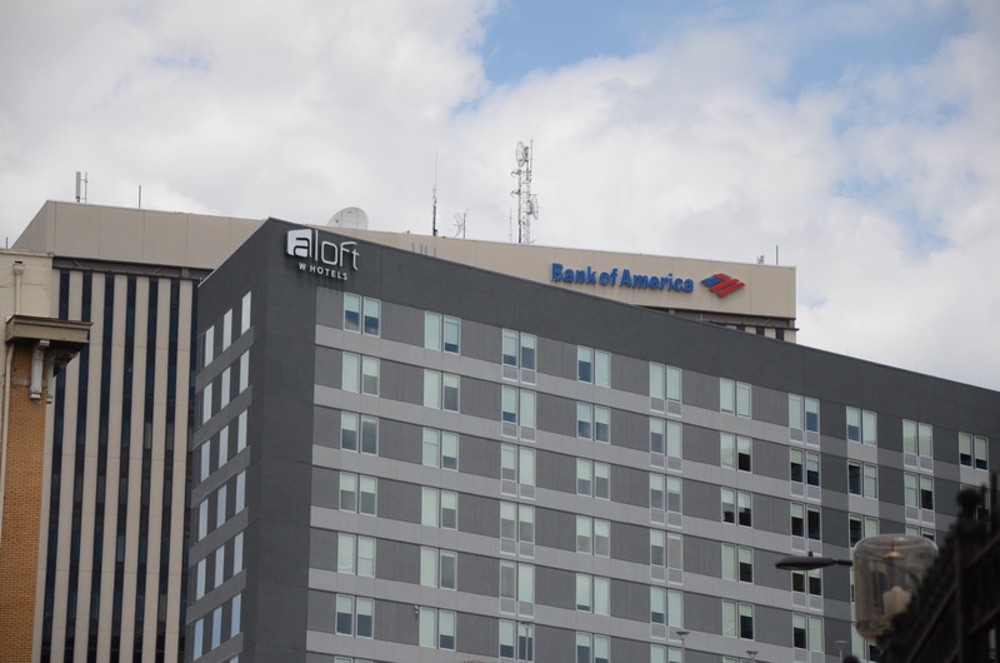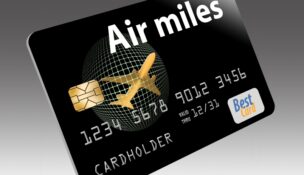SBA district director prompts businesses to ready paycheck protection applications
Molly Hulsey //April 2, 2020//
SBA district director prompts businesses to ready paycheck protection applications
Molly Hulsey //April 2, 2020//
The district director at Columbia’s Small Business Administration office encourages small-business owners to ready Paycheck Protection Program applications before lenders’ floodgates open Friday.
“It’s going to be a first-come, first-serve basis,” Gregg White said. “We do know that Congress is already talking about a supplemental appropriations bill with additional funds for this and for the economic injury disaster loan program also, so that’s why it’s very important to get your name in the pot. Even if they do run out of funds, if the supplemental appropriation is passed, then we’ll have the dollars and their name will already be in the pot.”
 Starting Friday, White said most major and community banks, as well as some credit unions across the state, will open the Paycheck Protection Program to small businesses and sole proprietorships reeling from the COVID-19 pandemic, while independent contractors and the self-employed can apply April 10. He encourages small businesses owners to download the roughly one-page application (.pdf) from the SBA website and prepare the documentation needed for the program right away.
Starting Friday, White said most major and community banks, as well as some credit unions across the state, will open the Paycheck Protection Program to small businesses and sole proprietorships reeling from the COVID-19 pandemic, while independent contractors and the self-employed can apply April 10. He encourages small businesses owners to download the roughly one-page application (.pdf) from the SBA website and prepare the documentation needed for the program right away.
“I would go ahead and contact the lender now, so they can get in line for it,” he said.
Qualifying businesses and nonprofits may receive loans up to $10 million to cover two months of businesses’ average payroll costs, including salary and employee benefits, with at most 25% of the loan being used for mortgage interest, rent or utilities payments since Feb. 15, according to guidelines (.pdf) released Tuesday from the U.S. Treasury Department. Payments will be deferred for six months with a 0.5% fixed interest rate, while all loans will be forgiven if staff count and payroll are maintained by June 30 and funding is not used for reasons beyond those listed.
If payroll or employee head count is not maintained by June 30, he said that loan forgiveness will be reduced by the amount deducted from payroll and the potential grant will transition into an official loan.
Part-time workers employed from Feb. 15 to June 30 also will be included in payroll expenses, as the loan will be calculated using average monthly payroll base multiplied by 2.5%, according to White. Furloughed employees who are rehired by the June 30 deadline will not be held against the business owner in terms of loan forgiveness.
Businesses across all sectors have expressed interest in the loans, he said, but those in the hospitality industry, service providers such as doctors and dentists, small manufacturing companies and contractors have expressed the most interest.
While most eligible businesses must have fewer than 500 employees, certain sectors with more can apply, according to the SBA (.pdf). Franchisees with locations under separate tax IDs are eligible to apply independently, while a business owner who owns several different companies can apply for each business under a waived affiliation rule, he said.
Typical SBA affiliation standards will be waived for businesses in the hotel and food services industries, according to information (.pdf) released by the Treasury Department.
Starting April 10, White said the self-employed without formal payroll expenses will need to determine how much they pay themselves on an average monthly basis, and, based on information White has at this point, he thinks they will be able to use the same application as small-business owners and sole proprietorships.
“Everybody is treated equally,” he said when asked if certain types of businesses, such as veteran-owned or women-owned businesses, will be more likely to obtain funding. “Because you have to remember, this is a loan. They are going to be looking at credit score. They are going to evaluate the ability to repay the loan and make sure there is substantially less risk.”
White said he has been advising a number of small businesses or independent contractors with steep operating costs to first consider Economic Injury Disaster Loans— which also help cover payroll costs — while the Payroll Protection Program may be the most beneficial to larger entities with staff threatened by the outbreak.
“Right now, the stipulation is 0.5% for two years for the program,” he said, adding that these limits remain unclear for now.
Once Payroll Protection grants convert to loans for businesses that do not maintain payroll or employee count post June 30, White said lenders will be able to charge up to a 4% interest rate over 10 years.
“I will give a caveat here: It is a moving target. Things are changing here, daily,” he said. “The program gives a lot of flexibility for SBA, for Treasury, for lenders to act within the Cares Act. What you hear today may be different tomorrow, so just bear with us as we manipulate through this change and this season. If I could say one last word: This is going to pass, we’re here to help small businesses get through this and stay in business. My advice to a lot of them is to save your cash, cut your expenses, hunker down, hire your employees back if you can, and hang in there.”
e

















